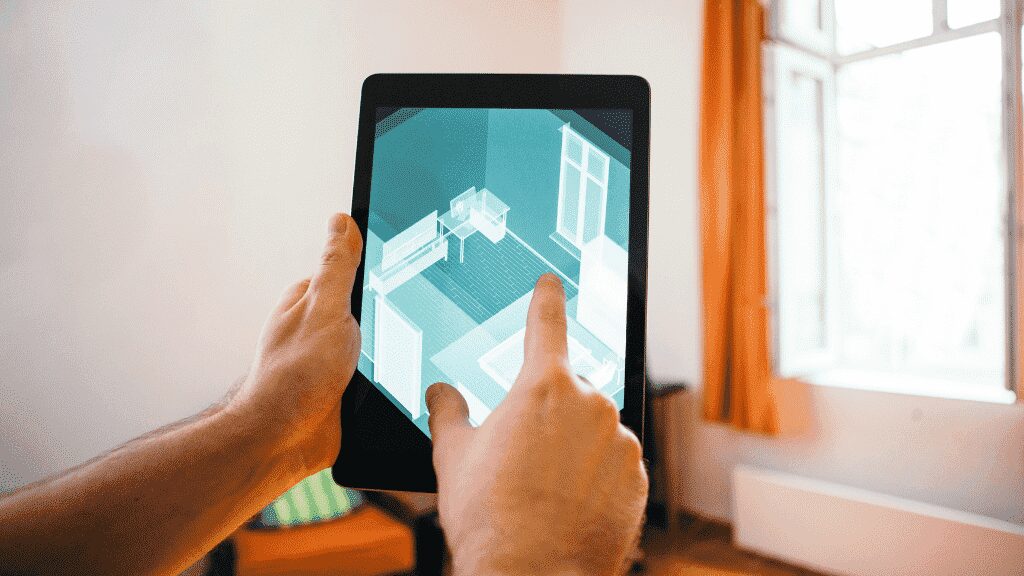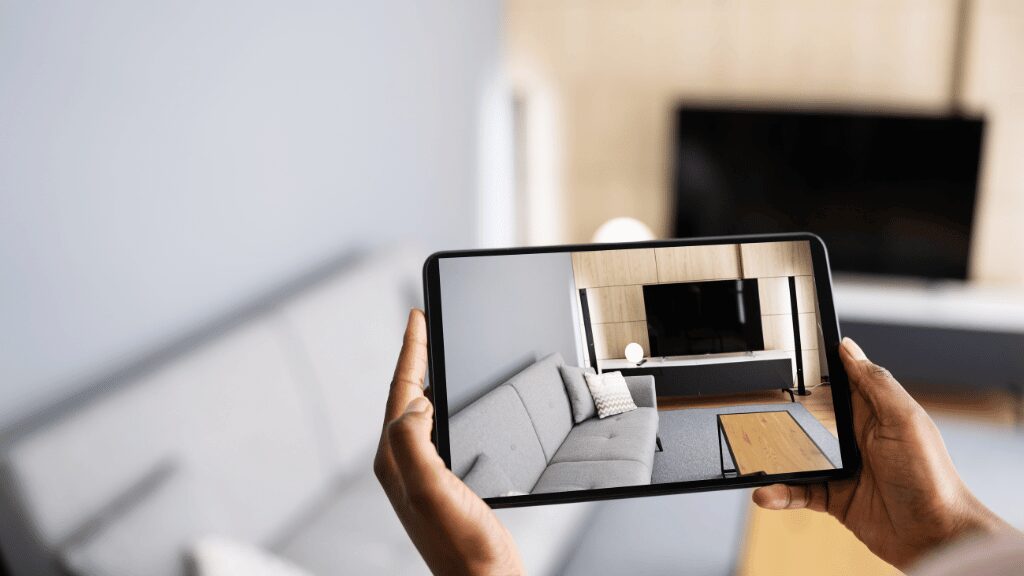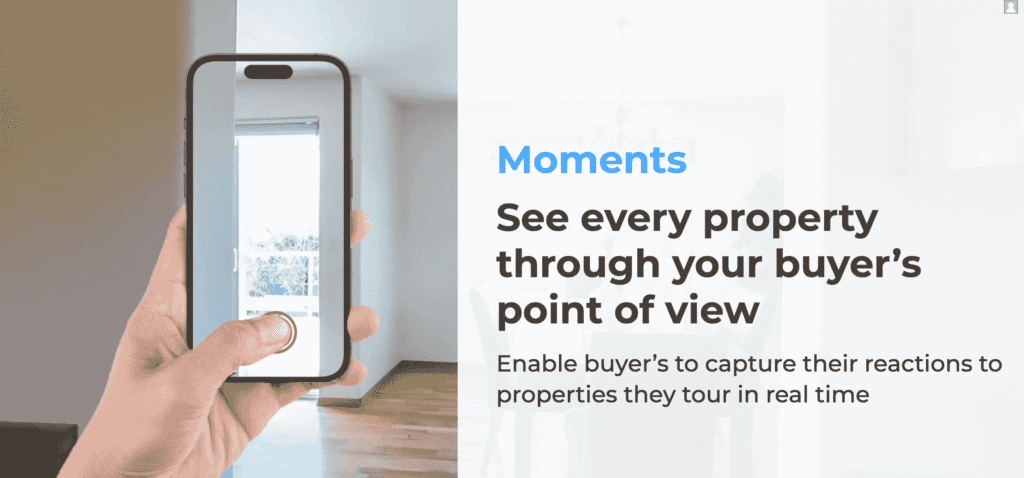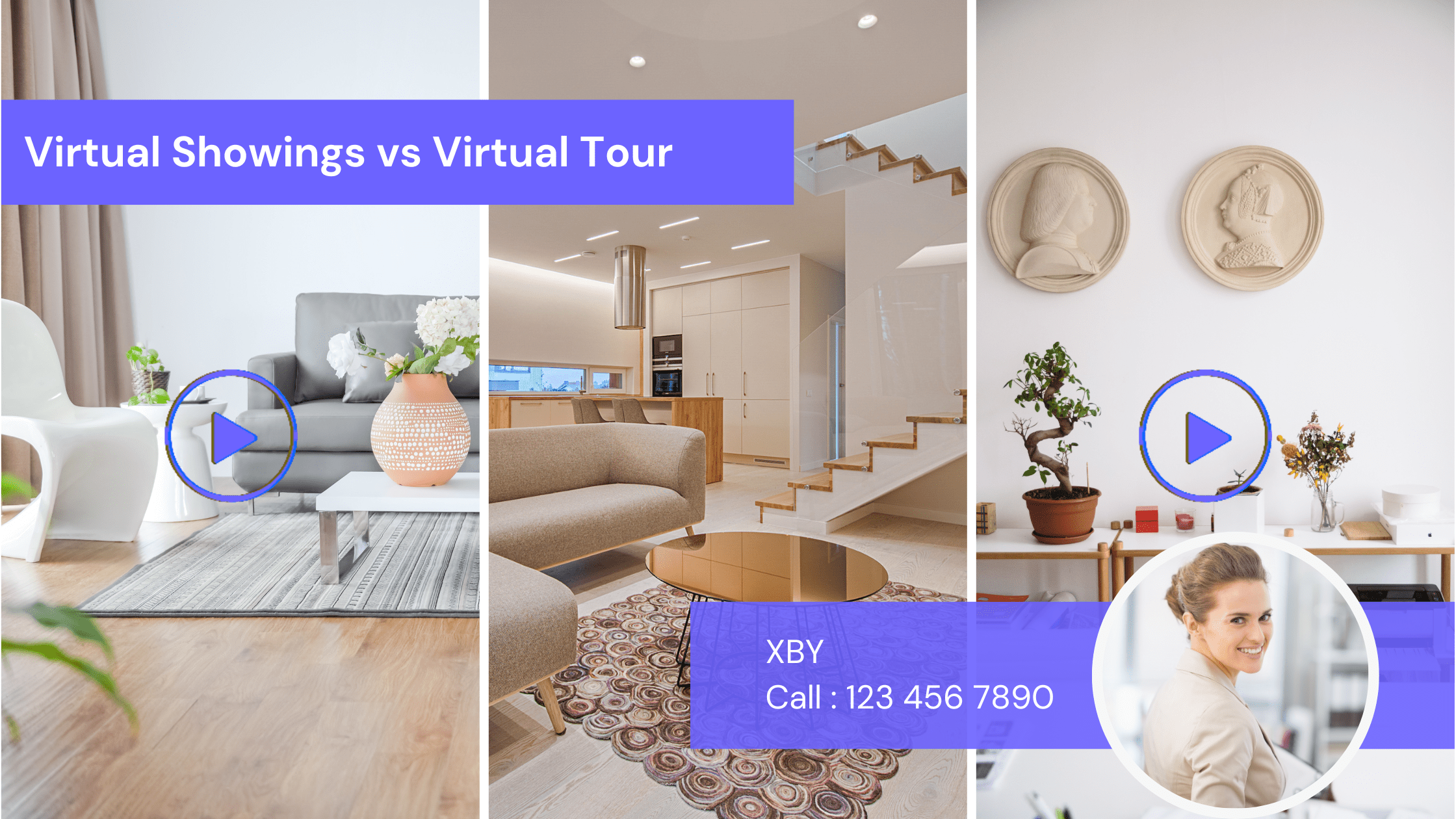Virtual technologies have revolutionized the way we experience the world, and the real estate industry is no exception. With the advent of virtual showings and virtual tours, potential buyers can explore properties without leaving the comfort of their homes.
A virtual showing is a digital tour of a property in which the prospective buyers view each room through a camera. A virtual tour is similar, but it’s typically done with video and audio, making it more dynamic than simply taking photos.
fullfeel can help you with virtual showings and virtual tours:
- With fullfeel, you can easily create Narratives by simultaneously recording your screen, camera and sales content.
- Realtors/real estate agents can view their buyer’s unfiltered reactions to every property they tour.
- With fullfeel, get real-time updates when your buyers engage with the content you share with them.
- fullfeel moments enables realtors/real estate agents to see the property through your buyer’s point of view.
Get Started for Free: https://www.fullfeel.io/
Virtual Showing

A virtual showing is a virtual or online tour of a property, conducted by a real estate agent. It’s like watching a movie or playing video games, you see what the property looks like from different angles and get an idea of its layout and decor. You can even go inside to see how large rooms are laid out, but you won’t be able to touch any objects or open any drawers because there’s no way for the agent to control what you do during your visit!
Virtual showings are often used when buyers can’t make it out to see properties in person due to distance or scheduling constraints (e.g., work). They’re also beneficial because they allow sellers who don’t want strangers traipsing through their homes to access some information about potential buyers before deciding whether or not these individuals are worth meeting face-to-face.
Virtual Tour

A virtual tour is a video walkthrough of a home that allows you to see the property from various angles. The video may be recorded by a successful realtor or homeowner, who will walk around the house and give commentary as they go. Alternatively, it can be pre-recorded and uploaded to YouTube or another platform for viewing.
Virtual tours and Virtual Open Houses have become popular options for buyers who want to get an idea of what their potential new home looks like without having to visit in person–it’s easy enough for someone living hundreds of miles away from their dream house! They’re also useful in cases where you don’t have time during regular business hours (if work keeps you busy), or if there are issues with accessibility (if stairs are difficult).
However, virtual tours aren’t always representative of reality: they tend not to contain any sound effects; they don’t give buyers access to rooms they wouldn’t normally get into during an actual showing; and sometimes things like lighting conditions or furniture placement aren’t exactly how they appear when actually visiting the property
Read more on Real Estat Call to Action
Key Differences Between Virtual Showings and Virtual Tours
While virtual showings and virtual tours are both valuable tools in the realm of remote property viewing, there are key distinctions between the two that buyers and sellers should be aware of. Understanding these differences can help individuals make informed decisions about which option best suits their needs. Let’s explore the contrasting features of virtual showings and virtual tours:
A. Real-time interaction vs. pre-recorded experience:

Virtual Showings: Virtual showings involve real-time interaction between the buyer and the agent or seller. Buyers can ask questions, request specific views or angles, and receive immediate responses.
Virtual Tours: Virtual tours are pre-recorded experiences that provide a guided walkthrough of the property. While they offer visual representation, there is no live interaction with an agent or seller.
B. Level of buyer engagement and control:
Virtual Showings: Buyers have the opportunity to actively engage with the agent or seller during virtual showings. They can request to see specific areas, zoom in on details, and ask questions in real time.
Virtual Tours: Virtual tours offer a more passive viewing experience, where buyers have limited control over the content. They can navigate through pre-determined paths and predefined perspectives.
C. Detailed property exploration and navigation:
Virtual Showings: With virtual showings, buyers can explore the property in a more personalized manner. They can focus on specific features, request additional views, and gain a better understanding of the property’s layout.
Virtual Tours: Virtual tours often provide a pre-determined path and predefined angles, limiting the buyer’s ability to explore specific areas or aspects of the property in detail.
D. Personalized vs. standardized experiences:
Virtual Showings: Virtual showings offer a personalized experience tailored to the buyer’s preferences and interests. The agent or seller can cater to specific requests and provide real-time guidance.
Virtual Tours: Virtual tours offer a standardized experience for all viewers. The content is pre-determined and does not allow for personalized interaction or customization.
Use Cases and Best Practices
Here are some use cases and best practices to help you navigate and make the most of these virtual technologies:
A. When to opt for a virtual showing:
Buyers who require real-time interaction and personalized guidance from an agent or seller.
Buyers who have specific questions, want to explore specific features or require additional information about the property.
Best practices for virtual showings:
a. Ensure a stable internet connection to avoid interruptions during the live interaction.
b. Prepare a list of questions or areas of interest in advance to make the most of the real-time conversation.
c. Request the agent or seller to showcase specific details or provide close-up views of areas of interest.
B. When to choose a virtual tour:
Buyers who prefer a self-guided experience and want to explore properties at their own pace.
Buyers who want a general overview of the property before deciding to proceed with a virtual showing or in-person visit.
Best practices for virtual tours:
a. Check the quality of the virtual tour, ensuring it provides clear visuals and smooth navigation.
b. Take advantage of features like pause, rewind, and zoom to examine specific details during the tour.
c. Follow up with the agent or seller to schedule a virtual showing if further information or a live interaction is desired.
C. How to effectively utilize virtual technologies in real estate marketing:
Incorporate virtual showings and virtual tours into property listings to attract remote buyers.
Promote the advantages of virtual viewing options to potential buyers, highlighting the convenience and accessibility they offer.
Best practices for real estate marketing:
a. Invest in professional virtual tour software or services to ensure high-quality and engaging experiences.
b. Include clear instructions and access links for virtual showings or virtual tours in property listings.
c. Use compelling visuals and descriptive text to showcase the unique features and selling points of the property.
D. Tips for creating engaging and informative virtual experiences:
Focus on lighting and staging to present the property in the best possible way.
Use clear audio narration or text descriptions to provide context and highlight important details during virtual tours.
Best practices for virtual experiences:
a. Consider the buyer’s perspective and anticipate the information they would find most valuable during virtual tours.
b. Provide additional resources or supplementary materials, such as floor plans or brochures, for buyers to reference during or after the virtual experience.
c. Collect feedback from buyers to continuously improve and refine your virtual offerings.
By applying these use cases and best practices, buyers can make informed decisions, and sellers can effectively leverage virtual showings and virtual tours to attract and engage potential buyers in the digital landscape of the real estate.
Read more on Why is Being a Realtor Stressful
Conclusion
The difference between a virtual showing and a virtual tour is that the former is a live video feed of a property and the latter is an interactive 3D model. The key to understanding these two types of technology, however, is knowing how they can be used by real estate professionals and homeowners alike.

